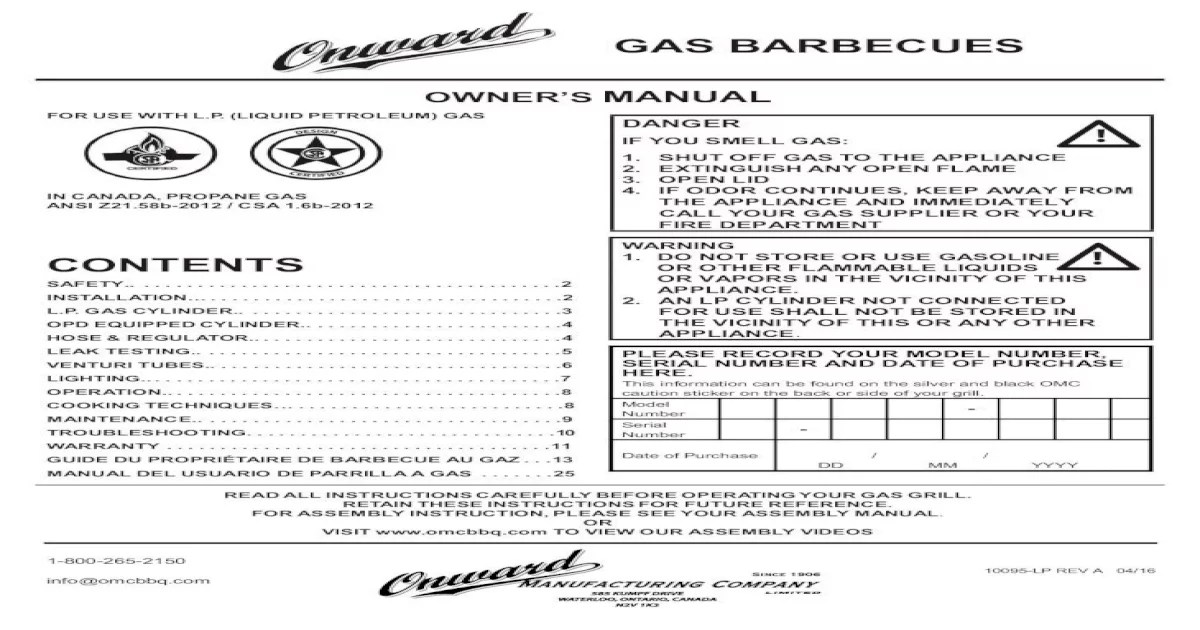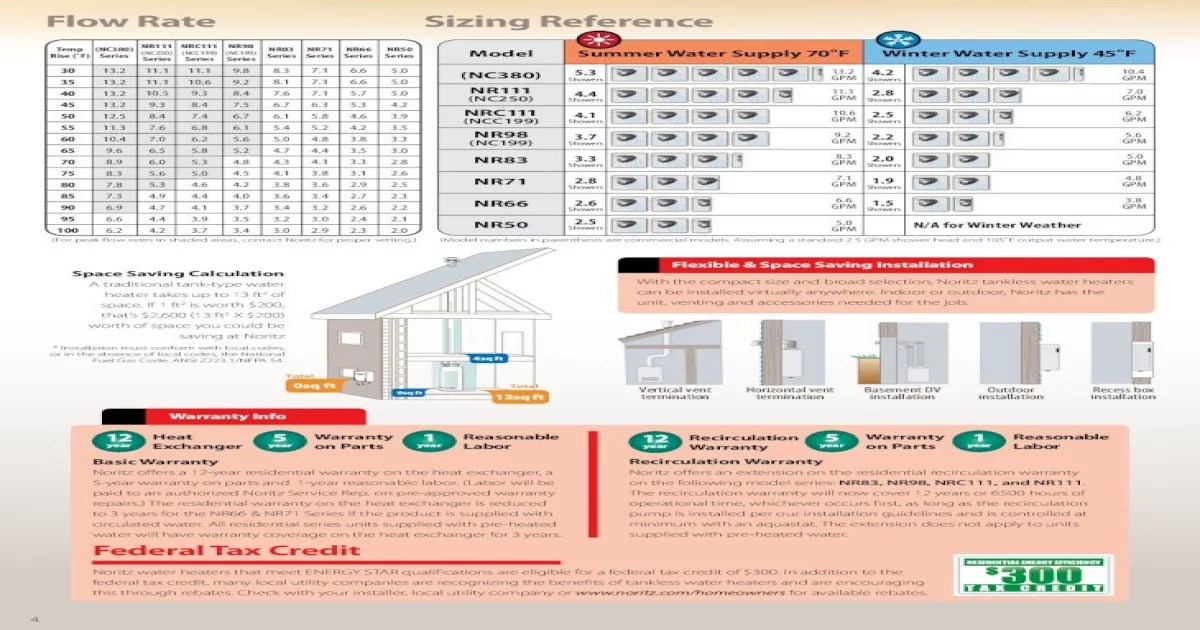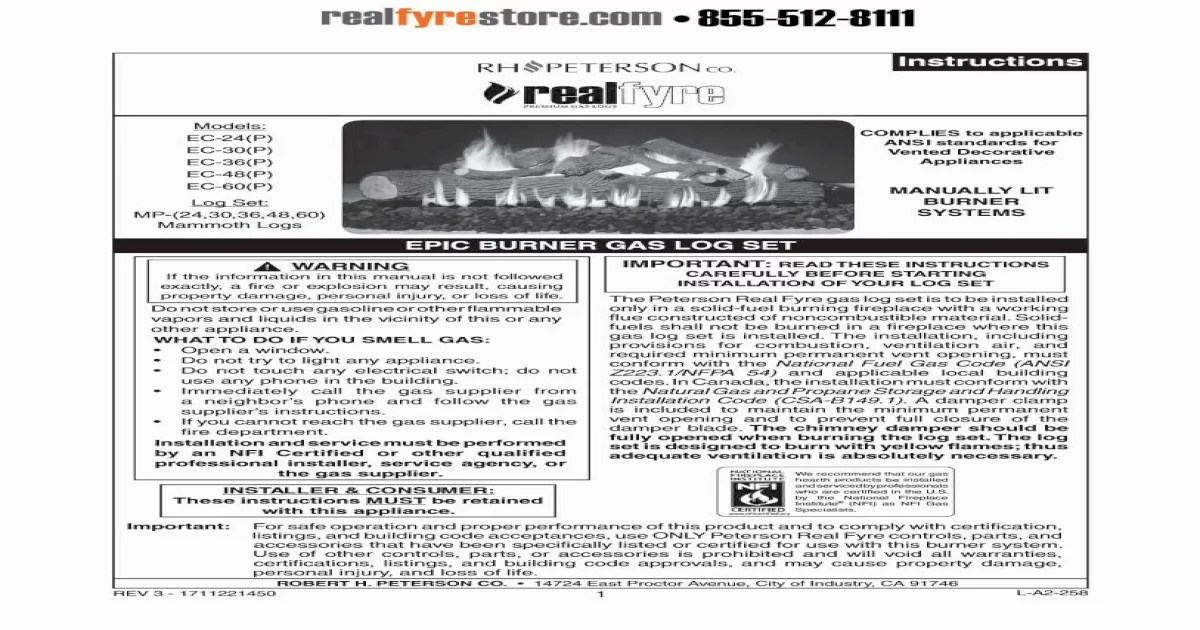The National Fuel Gas Code ANSI Z223.1 serves as an indispensable resource for ensuring the safety of gas piping systems, appliances, and equipment. Its comprehensive provisions provide clear guidelines for installation, maintenance, and inspection, empowering professionals and homeowners alike to create and maintain safe and efficient gas systems.
Delving into the intricacies of the code, we will explore its essential safety standards, installation requirements, and maintenance protocols. By adhering to these guidelines, we can minimize the risks associated with gas usage and create environments where both comfort and safety prevail.
Introduction

The National Fuel Gas Code (ANSI Z223.1) is a comprehensive set of safety requirements for the installation and use of natural gas and propane systems in the United States. It is developed by the American National Standards Institute (ANSI) and is regularly updated to reflect the latest industry best practices.
The purpose of the National Fuel Gas Code is to protect the public from the hazards associated with natural gas and propane systems. These hazards include fire, explosion, and carbon monoxide poisoning. The code provides minimum requirements for the design, installation, operation, and maintenance of these systems.
Scope
The National Fuel Gas Code covers a wide range of topics, including:
- The installation of gas piping
- The sizing of gas appliances
- The ventilation of gas-fired appliances
- The safety of gas-fired water heaters
- The safety of gas-fired furnaces
- The safety of gas-fired fireplaces
The code also includes requirements for the training and certification of gas installers and service technicians.
Safety Standards
The National Fuel Gas Code (ANSI Z223.1) establishes comprehensive safety standards for the installation and use of gas piping systems, appliances, and equipment. These standards are designed to minimize the risk of fires, explosions, and other hazards associated with natural gas and other fuel gases.
Gas Piping Systems
The code specifies detailed requirements for the design, installation, and testing of gas piping systems. These requirements cover everything from the materials used in the pipes to the methods of installation and the placement of safety devices.
Appliances and Equipment
The code also sets forth safety standards for gas appliances and equipment. These standards address the design, construction, and testing of appliances such as furnaces, water heaters, and cooking ranges. The code also includes requirements for the installation and maintenance of these appliances.
Installation Requirements

The installation of gas piping systems is subject to strict requirements to ensure the safety and reliability of the system. These requirements cover various aspects, including materials, fittings, and valves, to ensure proper functionality and minimize the risk of gas leaks or other hazards.
Materials used in gas piping systems must meet specific standards to withstand the pressure and temperature conditions of the gas being transported. Common materials include steel, copper, and plastic, each with its own advantages and limitations. Fittings, such as elbows, tees, and couplings, must be compatible with the piping material and designed to maintain the integrity of the system under various operating conditions.
Fittings and Valves
Fittings are essential components in gas piping systems, providing connections between different sections of pipe and facilitating changes in direction or size. They must be properly sized and installed to ensure a leak-free system. Valves are equally important, allowing for the control and isolation of gas flow.
Different types of valves, such as gate valves, ball valves, and check valves, serve specific purposes and must be selected based on the requirements of the system.
Appliance Installation

Proper installation of gas appliances is essential to ensure safety and efficient operation. The National Fuel Gas Code (ANSI Z223.1) provides comprehensive requirements for the installation of gas appliances, including clearances, ventilation, and safety devices.
Clearances around gas appliances are necessary to prevent the accumulation of combustible materials and to allow for proper airflow. The code specifies minimum clearances to combustible materials based on the type of appliance and its heat output.
Ventilation
Proper ventilation is crucial for the safe operation of gas appliances. It helps to remove combustion products and prevent the buildup of carbon monoxide, a colorless and odorless gas that can be fatal. The code requires that gas appliances be vented to the outdoors through a properly sized and installed vent system.
Safety Devices
Gas appliances must be equipped with safety devices to prevent accidents. These devices include:
- Gas shutoff valves:These valves are located at the gas supply line and can be used to shut off the gas supply to the appliance in case of an emergency.
- Pressure regulators:These devices regulate the gas pressure to the appliance, ensuring that it is within the safe operating range.
- Thermostats:These devices control the temperature of the appliance, preventing it from overheating.
- Flame sensors:These devices detect the presence of a flame and shut off the gas supply if the flame goes out.
Maintenance and Inspection

Regular maintenance and inspection of gas appliances and systems are crucial for ensuring their safe and efficient operation. By identifying potential hazards and addressing them promptly, homeowners and businesses can prevent accidents, minimize the risk of property damage, and extend the lifespan of their gas equipment.
Performing Inspections
Inspections should be conducted by qualified personnel, such as licensed gas technicians or inspectors. They should check for:
- Gas leaks using a gas detector or soapy water solution.
- Proper ventilation and combustion air supply.
- Clean and unobstructed gas lines, fittings, and vents.
- Proper operation of safety devices, such as flame sensors and pressure regulators.
- Signs of corrosion, rust, or damage on gas appliances and components.
Codes and Regulations
The National Fuel Gas Code (ANSI Z223.1) establishes minimum safety requirements for the installation and use of fuel gas systems. It is widely adopted by state and local authorities, and compliance is essential to ensure the safe operation of gas appliances and systems.
To comply with the code, it is crucial to understand its provisions and follow the specified requirements. Failure to adhere to the code can result in violations and potential penalties, as well as compromise the safety of gas systems.
Relationship with Other Codes and Regulations
The National Fuel Gas Code is part of a comprehensive framework of codes and regulations that govern the construction, operation, and maintenance of buildings and gas systems. These codes include:
- International Building Code (IBC)
- International Residential Code (IRC)
- International Fire Code (IFC)
- National Electrical Code (NEC)
- National Plumbing Code (NPC)
The National Fuel Gas Code interacts with these other codes in various ways. For example, the IBC references the National Fuel Gas Code for requirements related to gas piping and appliances in buildings. The IRC provides specific requirements for gas installations in residential buildings, including the installation of gas fireplaces and stoves.
The IFC addresses fire safety requirements for gas systems, such as the installation of gas detectors and the use of flame-resistant materials.
Avoiding Violations, National fuel gas code ansi z223.1
To avoid violations of the National Fuel Gas Code, it is essential to:
- Familiarize yourself with the code requirements
- Follow the specified installation procedures
- Use approved materials and equipment
- Obtain necessary permits and inspections
- Maintain and inspect gas systems regularly
By adhering to these guidelines, you can help ensure the safe operation of gas systems and avoid potential violations.
Helpful Answers: National Fuel Gas Code Ansi Z223.1
What is the scope of the National Fuel Gas Code ANSI Z223.1?
The code covers the installation, maintenance, and inspection of gas piping systems, appliances, and equipment in residential and commercial buildings.
What are the key safety standards Artikeld in the code?
The code establishes requirements for gas piping materials, fittings, valves, clearances, ventilation, and safety devices to minimize the risk of leaks, fires, and explosions.
How often should gas appliances be inspected?
Regular inspections are crucial for ensuring the safe operation of gas appliances. The frequency of inspections may vary depending on the appliance type and usage patterns.